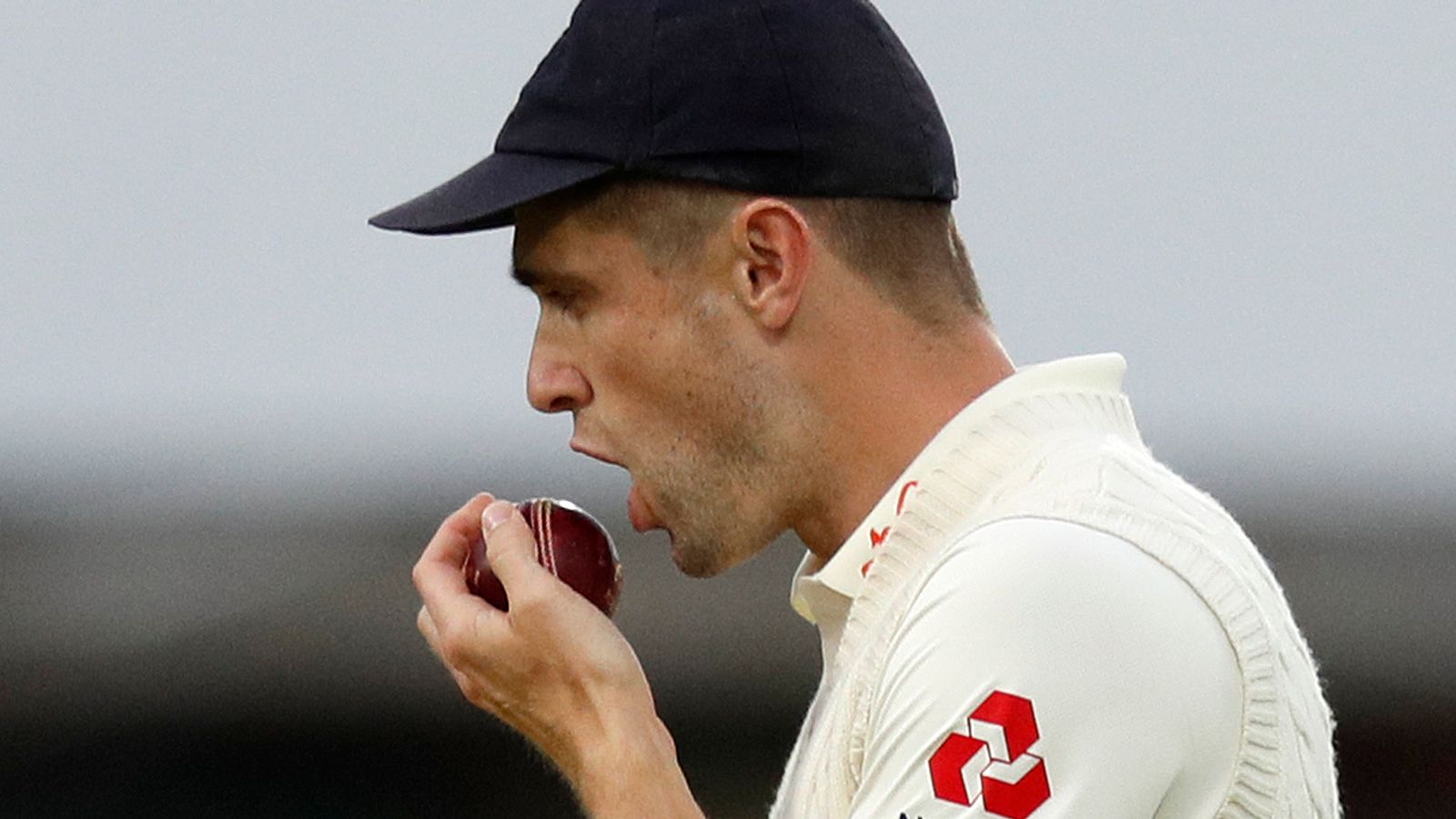ICC’s guidelines look great - but they simply are not viable
Less than 72 hours ago, the ICC released their ‘Back to Cricket’ guidelines for the safe resumption of the sport post the pandemic wave. It is a 16-page document that specifies all the precautionary measures that need to be taken by the members when they decide to resume the sport.

A quick read through the document gives you the perfect gist of the idea behind it and the message it is trying to convey: safety should not be compromised at any cost and if that means bringing radical changes to the way the sport is played, then so be it. Theoretically, it is flawless, it looks perfect - there are separate guidelines provided for the resumption of Community, Domestic and International cricket and under each section, the points have been framed in such a way that they pertain to the challenges faced at that particular level. Under each section, there are separate guidelines provided for training, playing and travelling (which is great) and towards the end, there is a separate section dedicated to the guidelines for the ‘preparation of bowlers’.
Being the governing body of the sport, it was important that the ICC, from their end, issued instructions to the members on what exactly needed to be prioritized and focused on. And to their credit, they have done a pretty good job in doing so. However, the bitter reality is that a lot of these measures can only be read on a sheet of paper and be dreamt of - they are too unrealistic, impractical and unviable to be implemented on a cricket field.
It is imperative that the members, or let’s just say the boards, prioritize health and hygiene and put the necessary measures into place before giving thought to even resume training. But the question is - how far can it really be stretched? At what point do they draw the line, saying that enough is enough? There is undoubtedly a lot of protocols that can be and must be followed - temperature checks, limiting the usage of personal equipment to one person, sanitization when and where possible (both the hands and equipments) and basic social distancing are all measures that are feasible and can be implemented by almost instilling them like a habit that mandatorily needs to be followed.
These are tangibles that can be controlled; all that’s needed is basic awareness and self-discipline. But what some of the specified guidelines have done is give the impression that the intangibles, too, can be brought under control by just being extra-precautious. And, on top of that, the protocols are unclear. Take this point from the ‘Back to Play’ guideline: “Regular hand sanitising when in contact with the ball”. Now, the intention of this protocol is clear: given the cricket ball is an object that travels all over the ground and is exposed to surfaces which may or may not be infected, it is of the highest importance for the player(s) to stay sanitised after coming in contact with the ball just to be double sure and stay safe.
But how to bring this into fruition? Do we provide every player of the fielding team with personalized, individual sanitizers and ask them to sanitize their hands every time they come in contact with the ball? What if someone fails to do so? How can it be monitored? And why and how can it be restricted to just the ball? What is the guarantee that the player equipment - even after sanitizing - or an advertisement hoarding would be immune to the virus on its surface?
There is also a guideline which states, “Each player should be responsible for their own items ( no unnecessary body contact and no handing over items - cap, towels, sunglasses etc.)”. This does make a lot of sense, but then what is a batsman supposed to do when he needs to change his bat - should he walk up to the dressing room, all by himself, check his bats there, fetch one and then return to the field? What about when he needs a new pair of gloves?
What do you do when your short-leg fielder realizes that he needs a helmet to protect himself? And in case the players are asked to go to the dressing room (or) the dugout and fetch new equipment themselves, is the match referee willing to give leeway with respect to the over-rate, for it will undoubtedly end up sucking a lot of time away from the game. Does this also effectively bring an end to the designation of the 12th man, whose only role in the game is to run around and provide the players with drinks and accessories? And, most importantly, will players be punished if they fail to abide by the safety rules? The questions are endless, and all I’ve done is take up and dissect two points.
Apart from the points mentioned above, there is also a plea, or rather a ‘guideline’, that requests players and umpires to maintain social distancing on the field. In this case, what exactly does social distancing refer to, and when exactly are the players expected to maintain the same? Does this mean spinners need to do away with short-leg and silly point fielders? I mean, after all, there is no way that you can have fielders around the bat ‘maintain’ social distancing. What about the non-striker and the umpire, or the non-striker and a short mid-on fielder - how are they supposed to maintain social distancing? If these cases can be exempted, then what really is the use of asking players to be precautious? It’s not like the virus is going to pick and choose its moments to attack.
The truth is that for players to be able to practically follow even 50% of these guidelines, they would need to be sent to mysterious, experimental centres, be rewired from scratch and transformed into robots. Instincts can only be curbed to an extent and beyond a point, by suggesting so many protocols and rules filled with ambiguity, you’re making a mockery of the sport and the athletes partaking in it. And whilst you’re at it, you’re not doing them any favour by making them believe that there is a safe way of doing things. It’s time to put the truth out there - there is no safe way of ‘resuming’ sport. That is the harsh reality. You can take all precautions you want, but the moment you step onto the field, you become as vulnerable as anyone else in the universe.
Unless and until a vaccine is found, sportsmen - cricketers included - will, unfortunately, have to risk it all to play the game, and whether they use sanitizers or maintain social distancing with their teammates will matter for little, in the bigger scheme of things. The smallest of complications could end up leading to a chain that might eventually become unbreakable.
As things stand, the way back into the game of cricket might not be to be precautionary with actions; rather, like Football leagues around the world have been doing, members would be better off starting to test players at the soonest, so that the real extent of the challenge can be identified and everyone can be mentally prepared to embrace the same. As scary and dreadful as it sounds, for all we know, Gautam Gambhir might just have a point - there might come a point where we, the people, would need to learn to live with the virus.

Comments
Sign up or log in to your account to leave comments and reactions
0 Comments